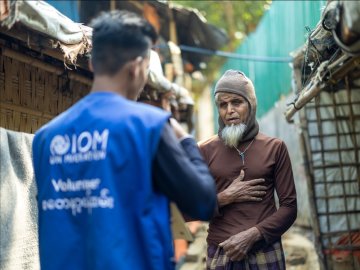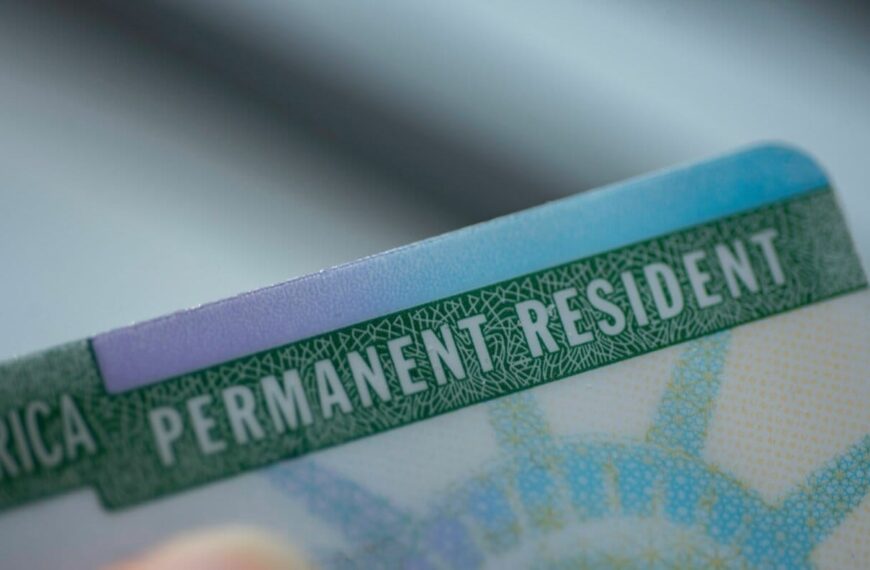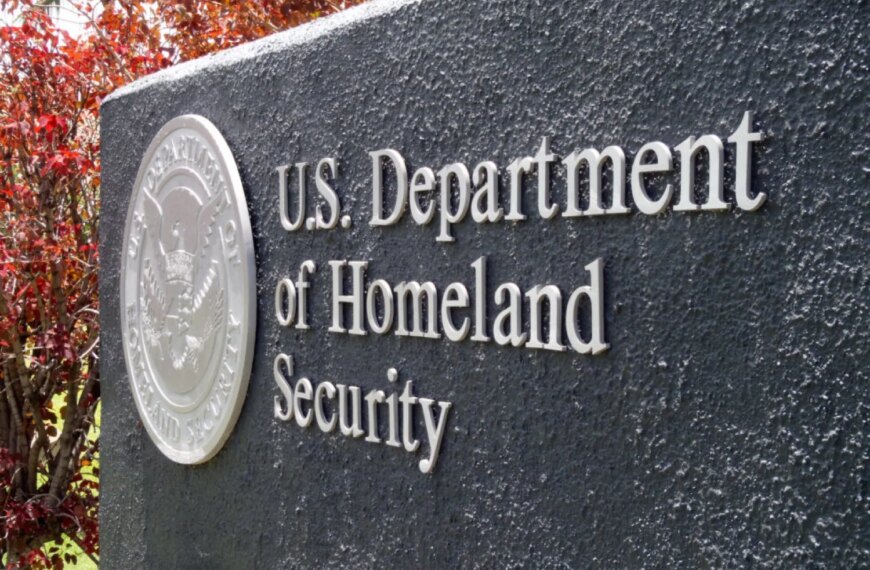Introduction
The plight of migrants in crisis situations has become a pressing humanitarian issue over the last decade. The International Organization for Migration (IOM) has reported a staggering statistic that highlights the gravity of this situation: since 2014, over 52,000 migrants have lost their lives while attempting to flee dire circumstances and seek a better future. This blog post delves into the contributing factors to this tragic toll, the risks faced by migrants, and the urgent need for comprehensive solutions.
The Humanitarian Crisis Driving Migration
The reasons behind migration are complex and multifaceted. Across the globe, millions of individuals are compelled to leave their homes due to various humanitarian crises, including:
- Armed Conflicts: Ongoing wars and violence force people to escape to safer regions.
- Persecution: Ethnic, religious, or political persecution can make life unbearable for many.
- Natural Disasters: Climate change and natural disasters displace communities, forcing them to seek refuge elsewhere.
- Poverty: Economic instability and lack of opportunities drive individuals to seek better living conditions.
These crises push migrants to take dangerous routes in search of safety and stability, often exposing them to life-threatening situations.
Understanding the Risks Faced by Migrants
Migrants face numerous risks during their journey, which can lead to tragic outcomes. The IOM’s report underscores the perilous conditions that many endure, including:
1. Dangerous Journeys
Many migrants embark on treacherous journeys across deserts, seas, and conflict zones. They often rely on smugglers who may exploit their vulnerability, leading them into perilous situations.
2. Lack of Safe Passage
The absence of legal and safe migration pathways forces individuals to resort to dangerous routes. Many die at sea, while others may perish in inhospitable terrains or fall victim to violence.
3. Vulnerability to Exploitation
Migrants are often susceptible to human trafficking and exploitation, further exacerbating their plight. Many are subjected to inhumane conditions, leading to severe psychological and physical harm.
The Global Response and Challenges
Despite the growing awareness of the migrant crisis, the global response has been fraught with challenges. Governments and organizations are grappling with how best to manage migration while ensuring the safety and dignity of those involved. Some key challenges include:
- Policy Discrepancies: Different countries have varying policies regarding migration, leading to a lack of cohesive strategies.
- Political Resistance: Some governments are resistant to accepting migrants, citing economic concerns and national security.
- Resource Limitations: Many regions lack the necessary resources to support migrants effectively, leaving them in precarious situations.
The Importance of International Cooperation
Addressing the migrant crisis requires robust international cooperation. Countries must work together to create comprehensive solutions that prioritize human rights and humanitarian values. Key steps include:
1. Establishing Safe Migration Pathways
Creating legal and safe migration routes can significantly reduce the risks faced by migrants. This includes expanding resettlement programs and providing humanitarian visas.
2. Enhancing Support for Host Countries
Countries that receive large numbers of migrants often face immense pressure on their resources. Providing financial and logistical support to these nations can help them manage the influx more effectively.
3. Promoting Awareness and Education
Raising awareness about the realities of migration can foster empathy and understanding. Educational campaigns can dispel myths about migrants and promote a more inclusive dialogue.
Conclusion
The loss of 52,000 migrants since 2014 is a heartbreaking reminder of the urgent need for action. As the world grapples with ongoing humanitarian crises, it is imperative that we come together to address the root causes of migration and work towards solutions that safeguard the lives and dignity of those seeking refuge. The time for change is now, and the responsibility lies with all of us to advocate for a more humane and compassionate approach to migration.










